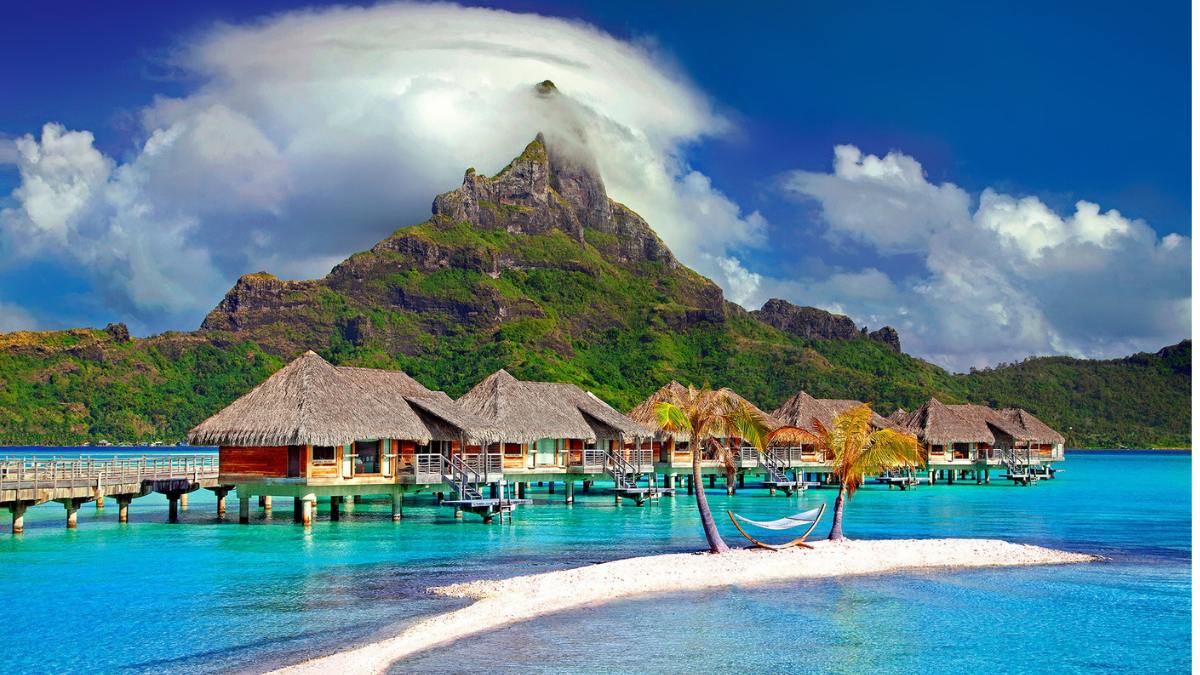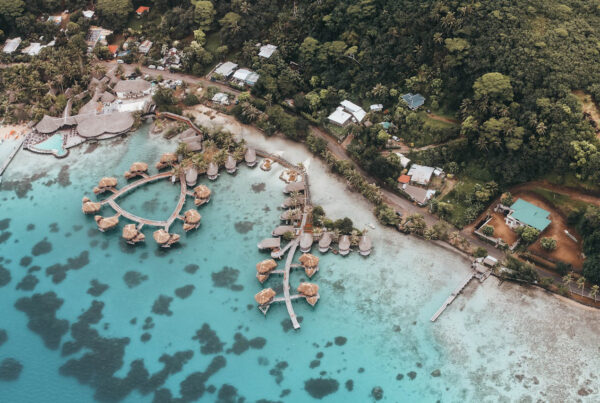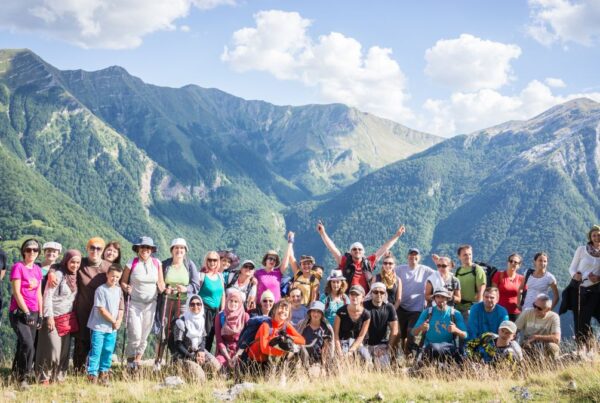Ecological awareness is rapidly shaping consumer choices and ecotourism has emerged as a beacon of hope for both the travel industry and global conservation efforts.
Far more than just a trendy buzzword, ecotourism represents a fundamental shift in how we approach travel, blending the thrill of exploration with experiential learning and a deep commitment to preserving the world’s natural and cultural heritage.
As we stand at the crossroads of environmental crisis and economic opportunity, ecotourism offers a unique solution that could benefit both people and planet. It promises unforgettable experiences for travelers while providing crucial support for conservation initiatives and local communities.
But just how significant is this growing sector, and what tangible impacts is it having on our world? And how much of ecotourism is just greenwashing and marketing to profit from the growing numbers of ecologically-minded travellers?
In this post, I want to explore the facts, statistics and trends that are shaping the ecotourism industry in 2025. I will explore the potential for ecotourism for wildlife protection, regenerative travel and protecting cultural and natural resources but also the criticisms and controversies.
As you will see, these often surprising ecotourism facts, statistics and trends paint a compelling picture of an industry that’s not just changing how we travel, but potentially reshaping our relationship with the natural world.
1. Ecotourism Is Exploding In Popularity Globally
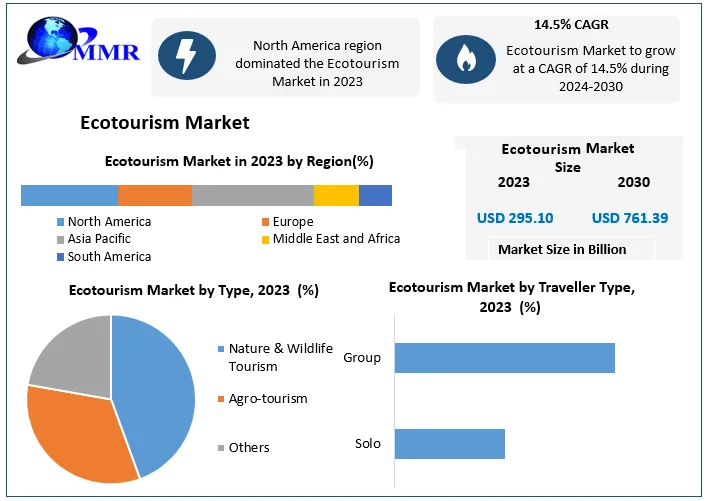
The research from Maximize Market Research’s ecotourism report has found that nature-based tourism is one of the fastest growing areas of the world economy.
The global ecotourism market was valued at $295.10 billion dollars in 2023 and it is estimated to reach a value of $761.39 billion dollars in 2030 according to Maximize Market Research.
The ecotourism industry is currently growing at a CAGR of 14.3% from 2021 to 2027 (Allied Market Research, 2020).
2. Sustainable Travel Is Becoming More Important To Travellers
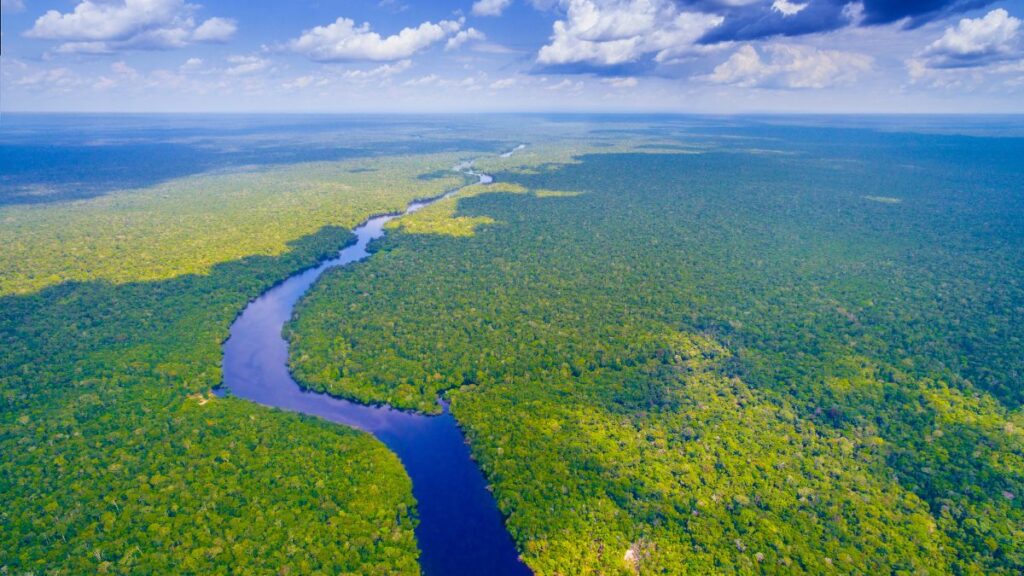
According to Booking.com’s 2021 Sustainable Travel Report, 76% of tourists say climate concerns will directly impact their travel planning and booking behavior.
Booking.com’s 2023 Sustainable Travel Report found that 76% of global travelers want to travel more sustainably in the coming years, up from 62% in 2019.
Their survey found that 83% of global travelers think sustainable travel is vital, with 61% saying the pandemic has made them want to travel more sustainably in the future.
While some plan to fly less frequently to reduce emissions, conscious travellers seek destinations that prioritize environmental preservation and cultural authenticity.
3. A Huge Economic Impact on Rural Communities
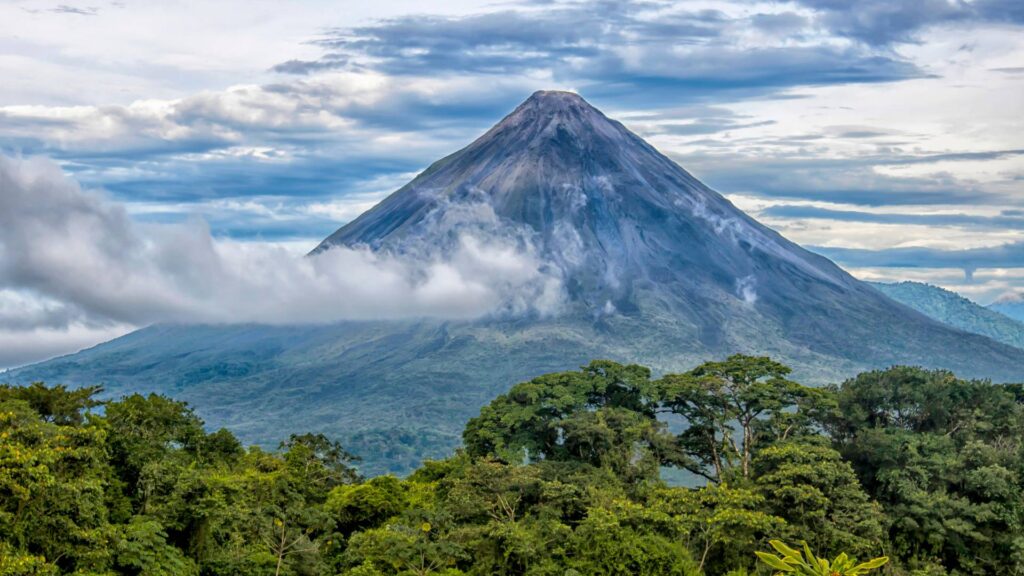
Ecotourism can contribute up to 10% of a country’s GDP, significantly boosting local economies and providing an economic basis for protecting communities and the biodiversity of natural resources.
Ecotourism is a major job creator, especially in rural communities. In 2019, the travel and tourism sector accounted for 330 million jobs globally, with ecotourism being a significant contributor (World Travel & Tourism Council, 2020).
In Costa Rica, often considered a model for ecotourism, the industry contributed 13.5% to the country’s GDP in 2019 (World Travel & Tourism Council, 2020). With the strong growth in ecotourism after the pandemic, Costa Rica tourism has exploded and soared past their 2019 pre-pandemic tourism arrivals.
Tourism is, without a doubt, the most important economic activity in Costa Rica,” said Minister of Tourism William Rodríguez. “Its impact is reflected not only in these figures of visitation, foreign exchange, and direct employment but also in the well-being of thousands of families throughout the country.”
Rodríguez emphasized that nearly 25% of Costa Rica’s economically active population is employed in tourism-related work when combining direct and indirect jobs. In Costa Rica, there are an estimated 189,093 direct tourism jobs.
However, Costa Rica’s ecotourism success is not without its critics. Many Costa Ricans are priced out of their beach communities as remote workers and expats from richer northern countries have bought properties and moved to the country.
4. Indigenous Ecotourism Is Protecting Biodiversity
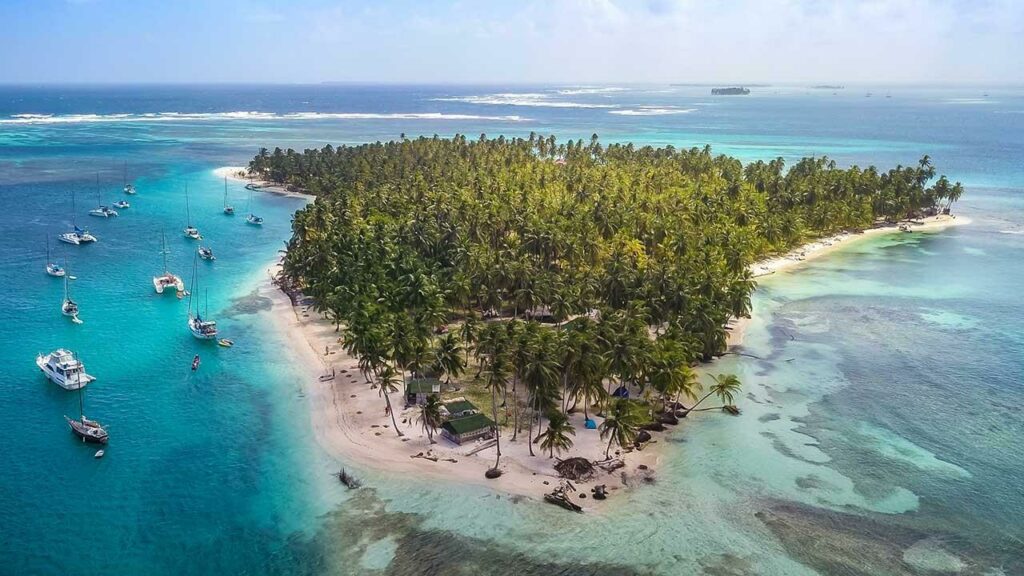
Indigenous ecotourism is helping communities protect their unique cultural and natural resources from industrial development.
In Panama, a series of semiautonomous reservations called comarcas have given indigenous peoples control over their land and natural resources.
The three largest comarcas – the Ngöbe-Buglé, Emberá-Wounaan, and Guna Yala comarca offer unique ecotourism opportunities for people interested in indigenous cultures and sustainable travel.
Guna Yala on Panama’s Caribbean coast has over 365 islands (pictured above) and in the next 10 years, Bocas Del Toro in the northern Caribbean, which also offers significant indigenous ecotourism opportunities, is positioned to rival Polynesia as one of the world’s premiere destinations for overseas bungalows.
Many of these indigenous areas remain significantly poorer than non-indigenous communities in Panama and since the pandemic, there has been increasing pressure on the communities to sell off their natural resources to global multinationals.
If not done mindfully, indigenous ecotourism can also harm communities.
5. Ecotourism Is Supporting Conservation Funding
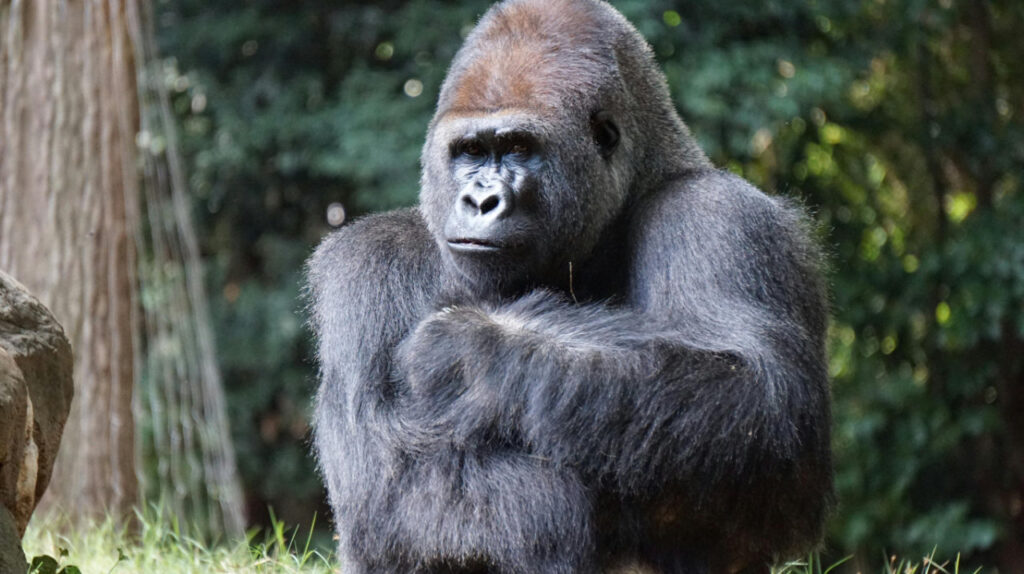
Ecotourism provides crucial funding for conservation efforts such as habitat preservation, wildlife protection and reforestation projects.
The Gorilla Tourism program in Rwanda charges $1,500 per person for a one-hour visit – making it one of the most expensive wildlife experiences in the world. Yet it’s often fully booked months in advance and has helped increase the gorilla population from near extinction with 254 in 1981 to over 1,000 today. A significant portion of this money going directly to conservation efforts according to the World Bank.
In Costa Rica, ecotourism transformed the country’s economy – the nation went from having one of the world’s highest deforestation rates in the 1970s to doubling its forest cover from 26% in 1983 to over 57% today, largely due to ecotourism income replacing logging revenue and making Costa Rica the first tropical country to reverse deforestation according to the World Bank.
The African Wildlife Foundation estimates that sustainable ecotourism generates nearly 30 billion dollars annually for wildlife conservation efforts in Africa.
Well-managed ecotourism can significantly reduce poaching. In Nepal’s Chitwan National Park, rhino poaching decreased by 95% over five years due to community-based ecotourism initiatives (UNESCO, 2018).
6. The Big 5 Ecotourism Trends In 2025
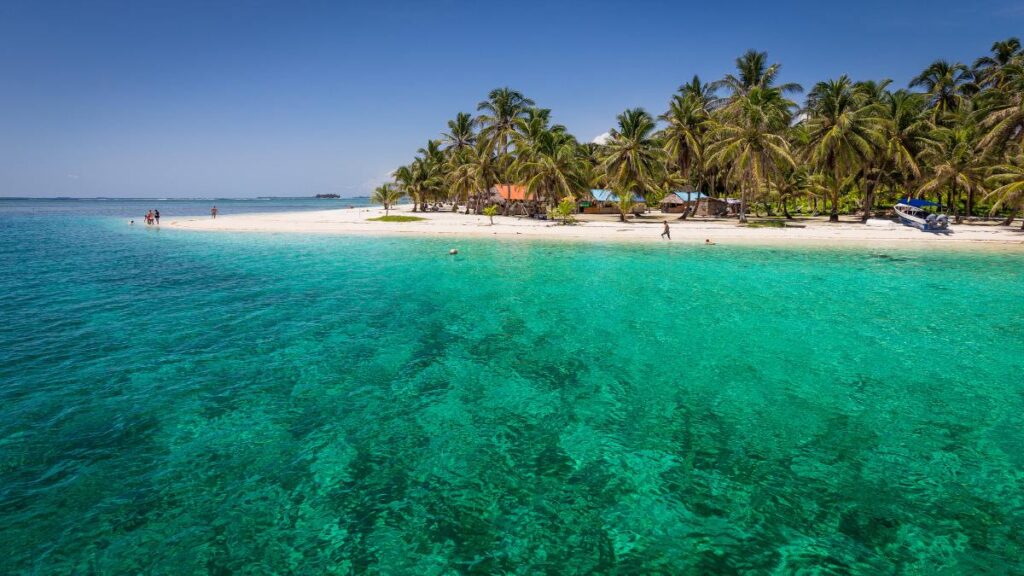
Here are some of the biggest ecotourism trends to look out for in 2025:
1. Regenerative Tourism: Moving beyond sustainability to actively improving destinations through tourism, like participating in habitat restoration or local community development projects.
2. Slow Travel: Extended stays in fewer locations, with mindful travelers seeking deeper cultural immersion and reducing their transit-related carbon footprint.
3. Tech-Enabled Conservation: Use of apps and digital platforms to help tourists track their environmental impact, find eco-certified accommodations and participate in citizen science projects.
4. Indigenous Tourism: Growing interest in experiences led by indigenous communities, with a focus on traditional ecological knowledge and cultural preservation.
5. Microadventures: Local and regional ecotourism experiences gaining popularity as alternatives to long-haul travel.
7. There’s A Growing Carbon Footprint Awareness
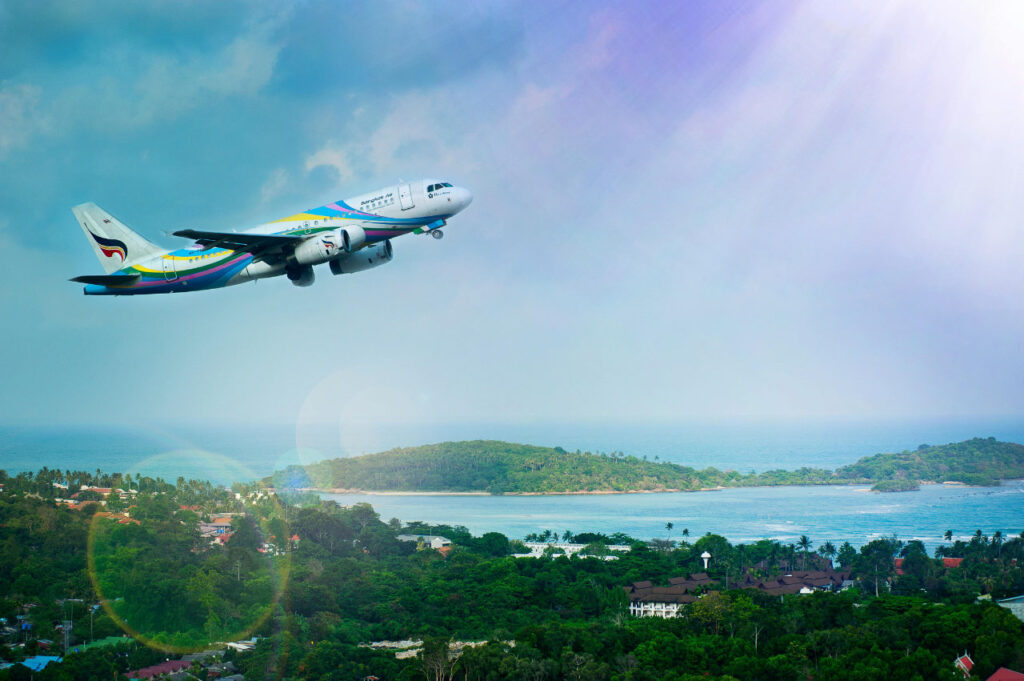
In 2025, it is estimated that the tourism industry will contribute 10% of the world’s GDP and about 8% of global greenhouse gas emissions, with transportation being the most significant contributor (air travel is response for about 40% of the tourism sector’s carbon emissions).
Aviation accounts for about 2.5% of global CO2 emissions, but its total climate impact is estimated to be 2-3 times higher when including non-CO2 effects like contrails and nitrogen oxides.
A single long-haul flight from London to New York generates about 986 kg of CO2 per passenger – roughly equivalent to what the average person in 56 countries produces in an entire year.
Cruise ships emit about 250kg of carbon dioxide per passenger per kilometer – roughly three times more than a Boeing 737 per passenger kilometer. The average cruise ship produces 25,000 gallons of sewage and 140,000-150,000 gallons of greywater daily.
Over 75% of major travel brands have set carbon-neutral or carbon-negative goals to align with global sustainability efforts (Skift Research) and 30% of the world’s hotel chains are actively working to become carbon neutral by 2030 (WTTC)
8. The Fastest Growing Area of Ecotourism Is Wellness Tourism

Source: Global Wellness Institute
The global wellness tourism market reached $651 billion in 2019 and is projected to grow at a CAGR of 20.9% through 2025, making it one of the fastest-growing tourism sectors.
Wellness-focused eco-resorts in Costa Rica have seen a 90% increase in bookings over traditional resorts, with guests staying an average of 7 days longer.
Forest bathing (shinrin-yoku) tourism in Japan generates approximately $4.6 billion annually, with research showing it reduces cortisol levels by 12% and blood pressure by 1.4%.
Wellness sabbaticals (longer stays combining work, wellness, and eco-conscious living) have seen a 300% increase in bookings since 2019, with average stays lasting 3-4 weeks.
The 2024 Global Wellness Economy Monitor reveals that the wellness economy has reached a new peak of $6.3 trillion in 2023 and is projected to grow to nearly $9.0 trillion by 2028.
9. There’s Been Significant Growth in Ecolodges

The number of ecolodges worldwide has been growing at an annual rate of 15% since 2004, indicating increasing demand for sustainable accommodations.
Glamping and eco-lodges have seen a 268% increase in bookings since 2019, with average daily rates increasing by 42% as demand outpaces supply.
Costa Rica leads the Americas in ecolodge density, with over 300 certified sustainable lodges across the country. Their occupancy rates average 85% during peak season, compared to 75% for traditional hotels.
African safari ecolodges command some of the highest rates in the industry, with luxury sustainable lodges averaging $1,500-3,000 per night. Despite these prices, many are booked 12-18 months in advance.
Treehouse lodges have become one of the fastest-growing segments of eco-accommodation, with bookings increasing by 153% annually since 2020.
Investment in eco-lodge development has grown by 89% since 2019, with particular focus on regenerative design properties that produce more energy than they consume.
10. Ecotourism Can Help Combat Climate Change
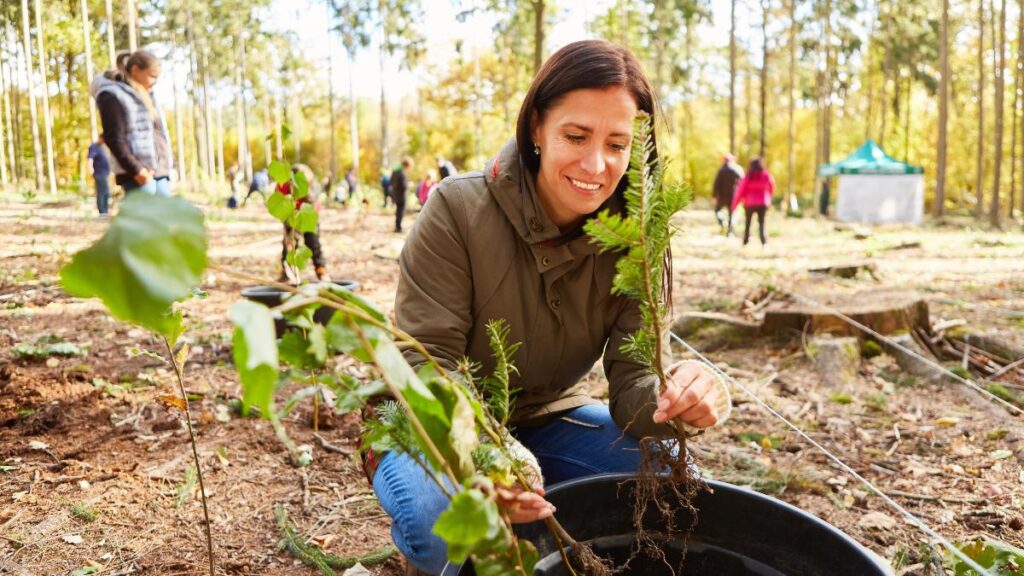
While many people think of ecotourism as an international holiday, often the most transformative experiences can be found locally and people of all ages can develop better knowledge of local flora, fauna and fungi through guided tours and nature retreats.
Currently, sustainable tourism and regenerative tourism projects protect approximately 12 million hectares of forests globally, sequestering an estimated 5.9 million tons of CO2 annually, which is equivalent to taking 1.3 million cars off the road.
Protected areas supported by ecotourism store around 15% of the world’s terrestrial carbon stock, making them crucial carbon sinks. In Peru alone, protected areas supported by tourism store 5.6 billion tons of carbon.
The cumulative effect of these benefits makes ecotourism a powerful tool for climate change mitigation, particularly when implemented thoughtfully with strong environmental standards and regulatory oversight.
Thoughts On The Future of Ecotourism
As these facts and statistics demonstrate, ecotourism is far more than a niche market or a passing trend. It represents a powerful force for positive change, one that’s reshaping the global travel landscape and redefining our relationship with the natural world.
The remarkable growth projections and increasing traveler interest highlight a shift in consumer consciousness, with more people seeking meaningful, sustainable travel experiences. This surge in demand is driving innovation in the tourism industry, from the proliferation of eco-lodges to the development of low-impact travel practices.
However, the importance of ecotourism extends far beyond its economic potential. By providing crucial funding for conservation efforts, supporting local communities, and raising awareness about environmental issues, ecotourism is playing a vital role in addressing some of our planet’s most pressing challenges. The reduction in poaching and the protection of biodiversity hotspots are testament to the tangible, positive impacts of well-managed ecotourism initiatives.
Moreover, the growing engagement of younger generations in sustainable travel bodes well for the future. As Millennials and Gen Z increasingly prioritize environmental considerations in their travel choices, we can expect to see continued innovation and growth in the ecotourism sector.
Yet, as we celebrate these positive trends, it’s crucial to remember that the true success of ecotourism lies in its careful implementation. Sustainable practices, community involvement, and a genuine commitment to conservation must remain at the heart of all ecotourism efforts.
As we look to the future, ecotourism stands as a powerful example of how economic growth and environmental protection can go hand in hand. By choosing to travel responsibly, each of us has the opportunity to contribute to this positive change, ensuring that the wonders of our natural world can be enjoyed for generations to come.
In the end, the growth of ecotourism isn’t just about statistics—it’s about a global movement towards more conscious, sustainable, and meaningful travel. And that’s a journey worth embarking on.
- 10 Best Peru Hiking Tours And Multi-Day Treks In The Andes - April 19, 2025
- 10 Best Banff Hiking Tours In The Canadian Rockies - April 19, 2025
- 10 Best Vancouver Hiking Tours In The BC Coast Mountains - April 19, 2025


